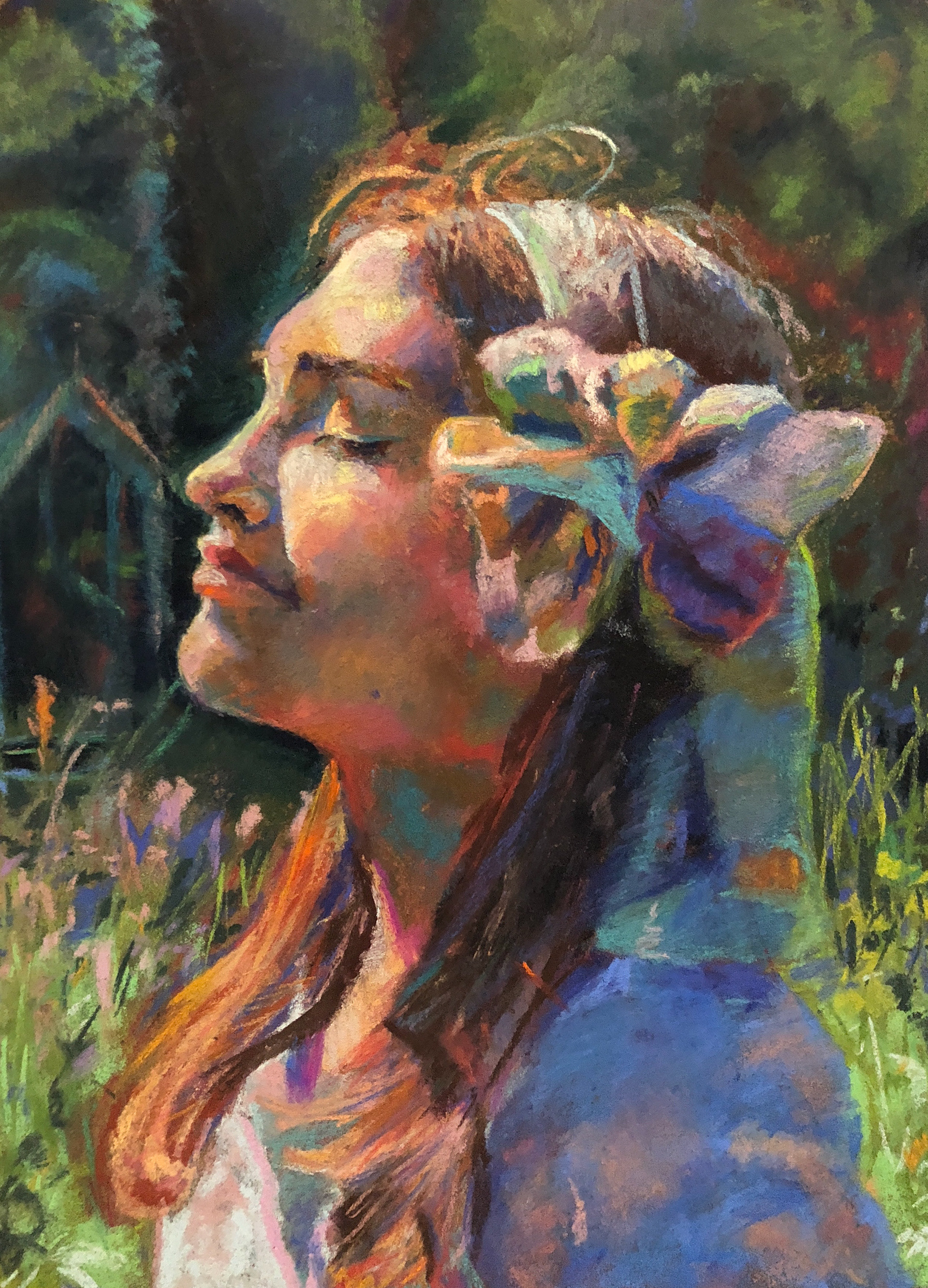Concordiaviture is an apparel collection based on humans interacting with their environment and what it means to live in harmony with the earth. I have been interested in these relationships since I went to Australia sophomore year for a course called, the Witness Tree Project. We studied the landscape of Adelaide, South Australia and the vast difference in perspectives of the earth exhibited by the British colonists versus the indigenous Aboriginal people and the histories that the trees witnessed. There is a western conception of exploiting land, animals, and resources in the name of progress and the vitality of usefulness. I question what it means to ‘use’ the earth after examining how some humans bring it upon themselves to dominate and take advantage of what earth has to offer. I learned that Aboriginal people in Adelaide have a reciprocal relationship with the land and find a sense of knowing, spirituality, and ancestry that is integral to their sense of being and relating to the world. I think that if more people believed that the earth was not primarily material, but people saw the gifts and love that the earth has to offer, many of our environmental and social crises could be remedied.
There are many ways humans can learn from nature if they choose to relate and connect with it. This depends on how humans choose to participate and be a part of the system of nature rather than exclude themselves as an element of the earth. As a child, I had a more grounded relationship to the earth that I unlearned through becoming rationalized into the western perception of ‘nature’ from education and society’s use/abuse of ‘nature’. The cities around me tried to introduce trees along sidewalks, kept well pruned parks and gardens, and overwhelmed the earth with concrete and metal conforming to an ideal way ‘nature’ should exist around humans. I learned the historical importance of extracting and creating energy from coal, oil, clear cutting trees, and damming rivers to boost our economy and many other processes in the name of progress for humans. I question these teachings and ways of ‘using’ nature. I have been influenced by different texts that attempt to inspire humans to reconnect with the earth, one being ‘Braiding Sweetgrass’ by Robin Wall Kimmerer where she asks provocative questions: “How do we engage with the earth in a reciprocal way to balance the gifts that it offers us? Are we capable of loving the earth if we do not believe that the earth loves us back?” I created a collection of garments that inspires the wearer to rethink how they live in this world and connect to the land. It is easy to lose sight of this search for unity with the world when we become distracted by society and human responsibilities to other humans. I want to help people see the earth as something that lives with us and in us. We need to be better ancestors and see our responsibility to care for the planet intentionally, mentally, and physically.
I have thought about what the term ‘natureculture’ attempts to convey, but I think it fails. It tries to bring together nature and culture when nature does not feel associated with culture and culture is not defined as nature. These two terms come together to try to redefine a human/earth relationship where the two coexist in an integrated way. Yet, nature implies something to be observed by humans that people can step into but not be and culture represents human manifestations, discoveries, art, and traditions. I do not find this term progressive in redefining what it means to be human on earth, so I created my own term, ‘concordiaviture’, which is latin for harmonious unity of life. This term encapsulates a broader definition of my hope for connectivity of life that sheds the shortfalls of distinct anthropocentric separations between nature and culture.
Modeled from right to left by myself, Susan Sima, Peter Mankiw, Joanne Lee, and Avantika Velho
Photographed by Josiah Gill
